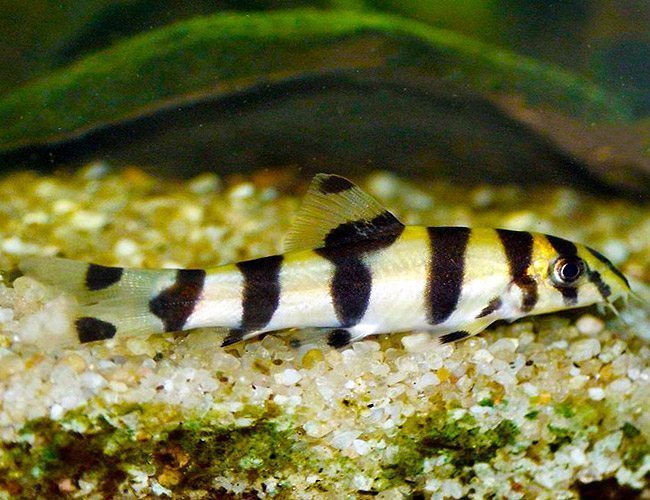


More suitable tankmates include peaceful, open water-dwelling cyprinids, while in larger tanks members of Barilius, Luciosoma, Balantiocheilos and Barbonymus become options. Slow-moving, long-finned species such as ornamental bettas, guppies and many cichlids should also be avoided as trailing fins can be nipped. Peaceful but don’t keep it with much smaller fishes as they may be intimidated by its size and sometimes very active behaviour. To find other high quality, highly recommended foods click here. Once settled into an aquarium they’re bold feeders and often rise into midwater at meal times. Home-made foods using a mixture of natural ingredients and bound with gelatin are also highly recommended.Ĭhopped earthworm can also provide a useful source of protein but should be used sparingly, and while most botiids also prey on aquatic snails though should never be considered the answer to an infestation since they’re not obligate molluscivores. They’re largely unfussy feeders but must be offered a varied diet comprising quality dried products, live or frozen bloodworm, Tubifex, Artemia, etc., plus fresh fruit and vegetables such as cucumber, melon, blanched spinach, or courgette. The natural diet comprises aquatic molluscs, insects, worms, and other invertebrates. appear to be chiefly carnivorous they will also eat vegetative matter if available, often including soft-leaved aquatic plants. To search for other high quality aquarium heaters in your area, click here. In terms of maintenance weekly water changes of 30-50% tank volume should be considered routine. A tightly-fitting cover is also essential as these loaches do jump at times.Īlthough botiids don’t require turbulent conditions they do best when the water is well-oxygenated with a degree of flow, are intolerant to accumulation of organic wastes and requires spotless water in order to thrive.įor these reasons they should never be introduced to biologically immature set-ups and adapt most readily to stable, mature aquaria. Rocks, wood, flower pots and aquarium ornaments can be used in whichever combination to achieve the desired effect.īear in mind that they like to squeeze themselves into small gaps and crevices so items with sharp edges should be omitted, and any gaps or holes small enough for a fish to become trapped should be filled in with aquarium-grade silicone sealant. Otherwise be sure to provide plenty of cover as botiids are inquisitive and seems to enjoy exploring their surroundings. These have an added benefit as they can be attached to pieces of décor in such a way as to provide useful shade. Lighting can be relatively subdued and plants able to grow in such conditions like Microsorum pteropus (Java fern), Taxiphyllum barbieri (‘Java’ moss) or Anubias spp. MaintenanceĪll botiids need a well-structured set-up although the actual choice of décor is more-or-less down to personal taste.Ī natural-style arrangement could include a substrate of sand or fine gravel with lots of smooth, water-worn rocks and pebbles plus driftwood roots and branches. Other aquarium filters which have been recommended highly by customers in your area can be found here. Maximum Standard Lengthīase dimensions of 120 ∗ 30 cm or equivalent should be the minimum considered. striata was found at only one of them, downstream of a dam which forms a reservoir on the river (Shahnawaz et al., 2009). The substrate was composed of bedrock, boulders, cobbles, gravel, sand and leaf litter in descending order of abundance, maximum water depth was around 1.5 m and there was a degree of forest cover. In a survey of fish diversity in the Bhadra River (which joins the Tunga to form the Tungabhadra) it was recorded alongside numerous other species including Puntius chola, Balitora mysorensis, and Mystus armatus.ĭry season water paramaters were temperature 69.8☏/21☌, pH 7.0, hardness ~ 2.5°. striata has been recorded at other localities within the Krishna drainage, including the Koyna and Panchganga rivers in Maharashtra. The latter flows eastwards from Maharashtra state in the west of the country through Karnataka and Andhra Pradesh before emptying into the Bay of Bengal. The Tunga rises in the Western Ghats mountain range and is a tributary of the Tungabhadra River, itself a tributary of the Krishna. Order: Cypriniformes Family: Botiidae Distributionĭescribed from the Tunga River in Karnataka (previously Mysore) state, southern India. Botia striata NARAYAN RAO, 1920 Zebra Loach Synonyms Top ↑īotia striata kolhapurensis Kalawar & Kelkar, 1956 Etymologyįrom the Latin striatus, meaning ‘striated’ or ‘striped’ in reference to this species’ colour pattern.


 0 kommentar(er)
0 kommentar(er)
